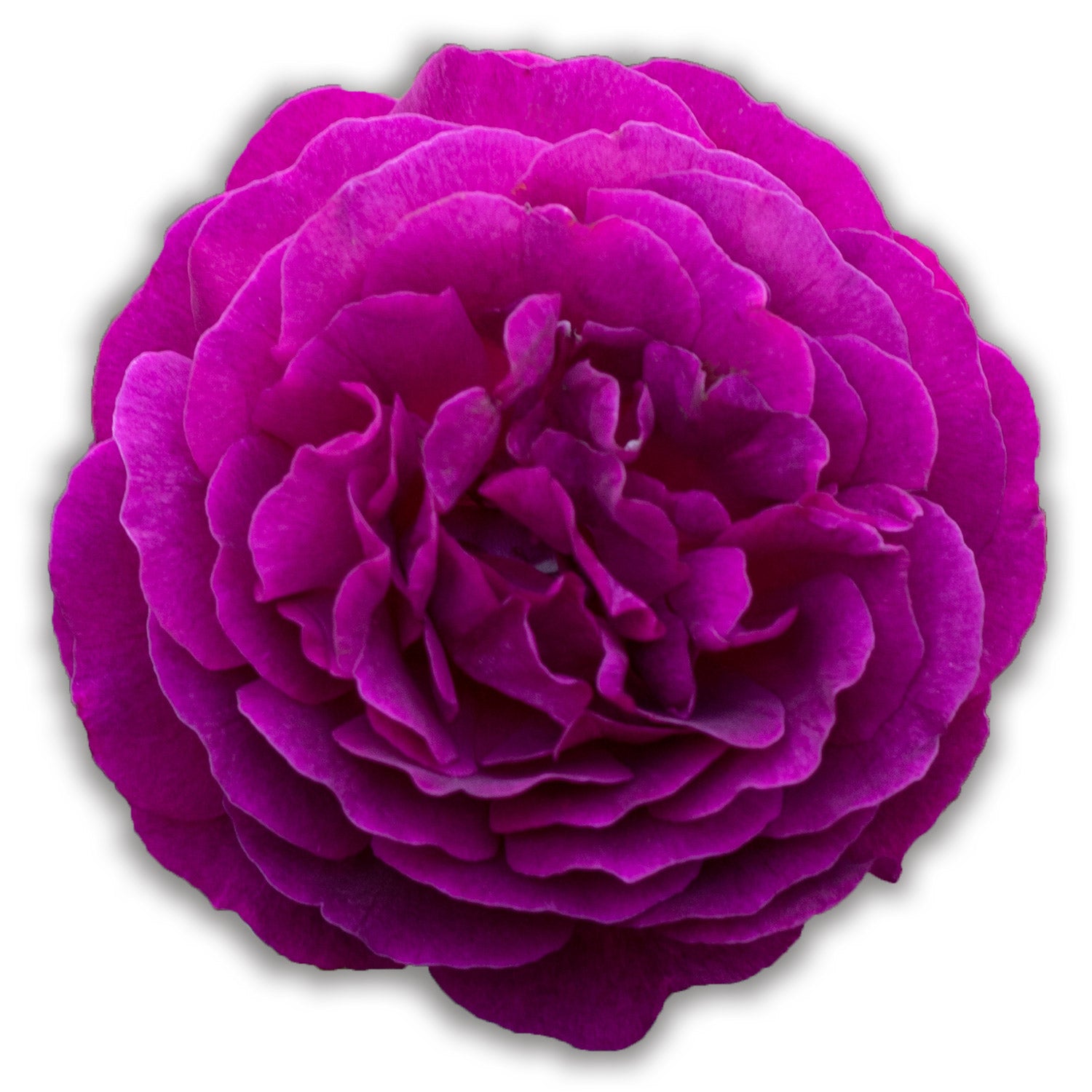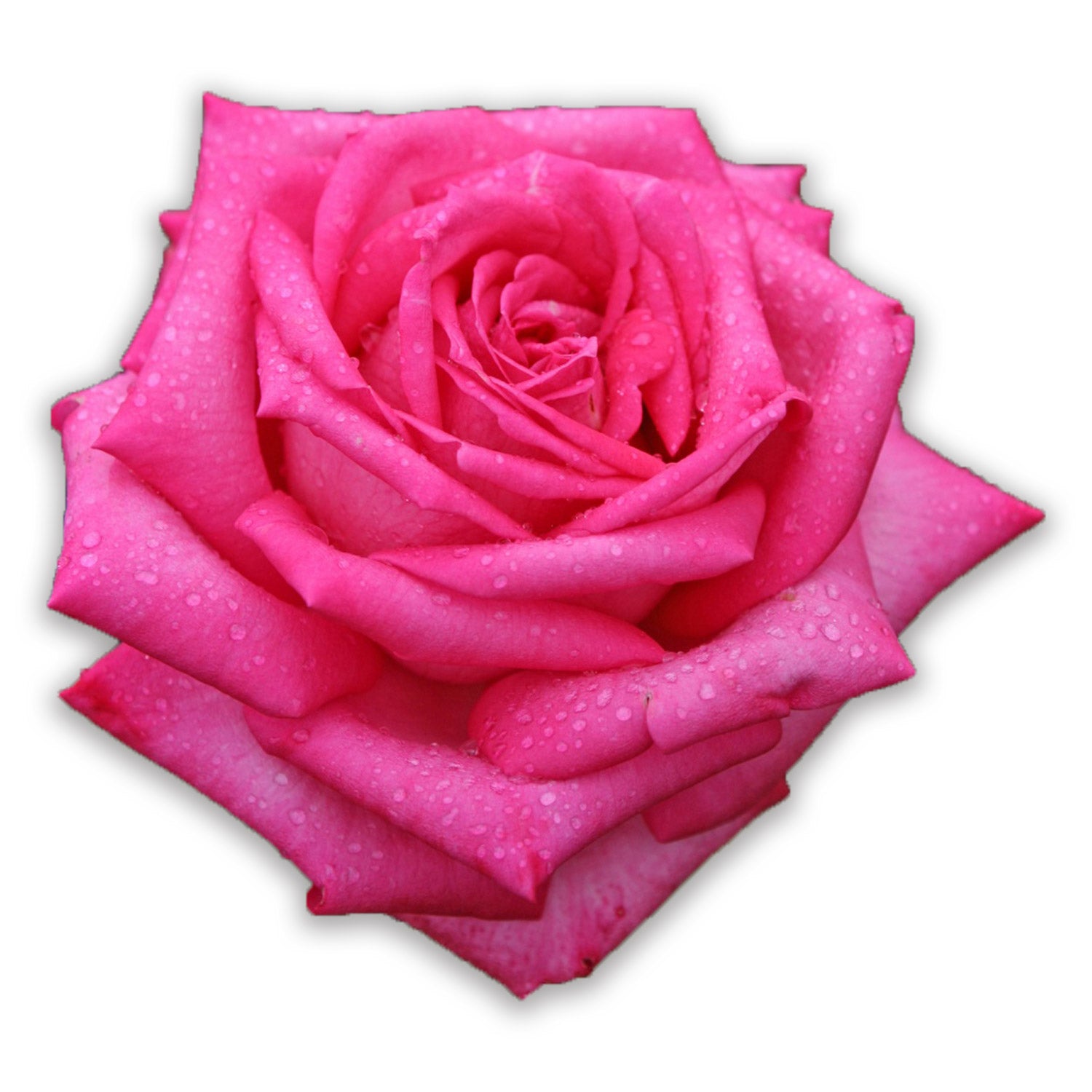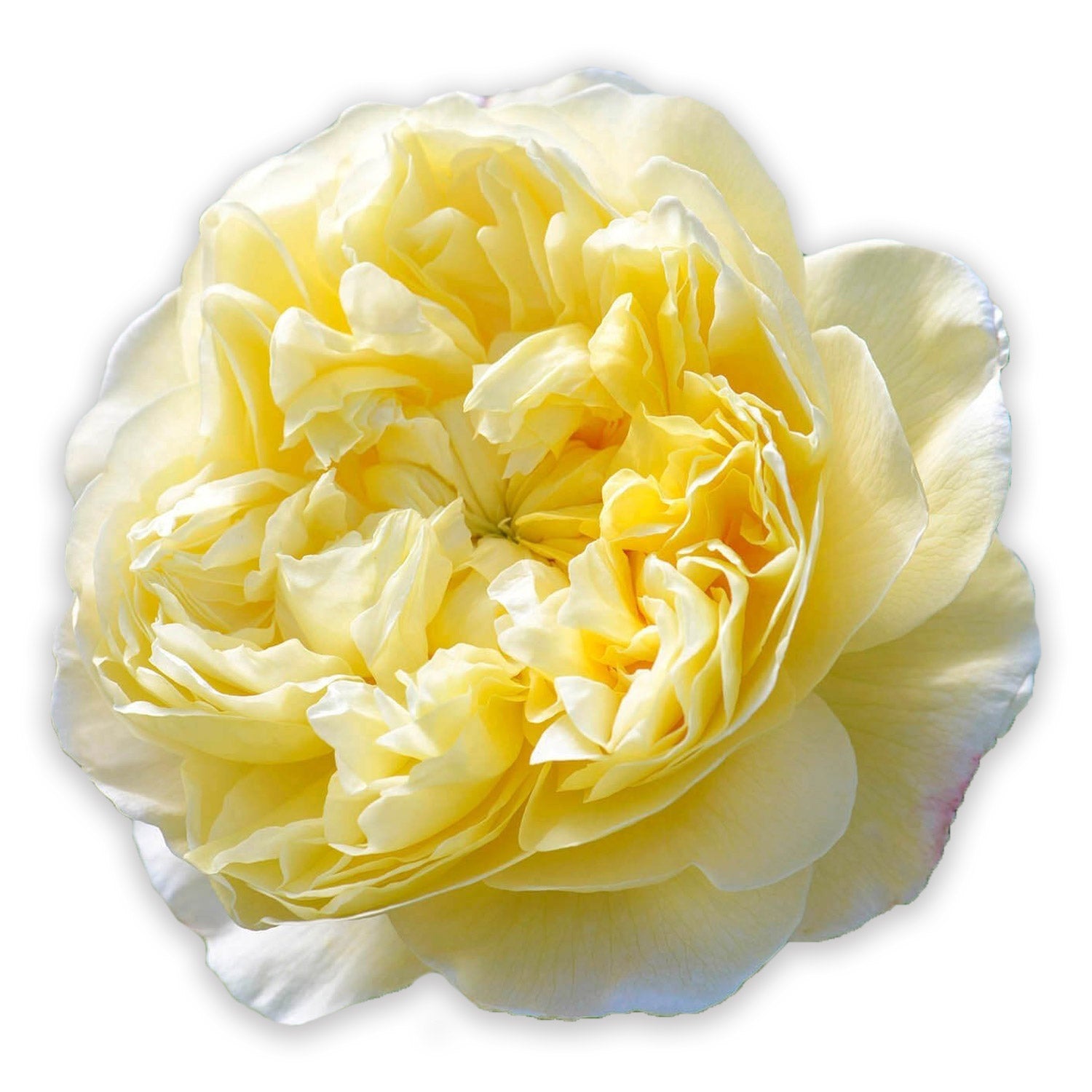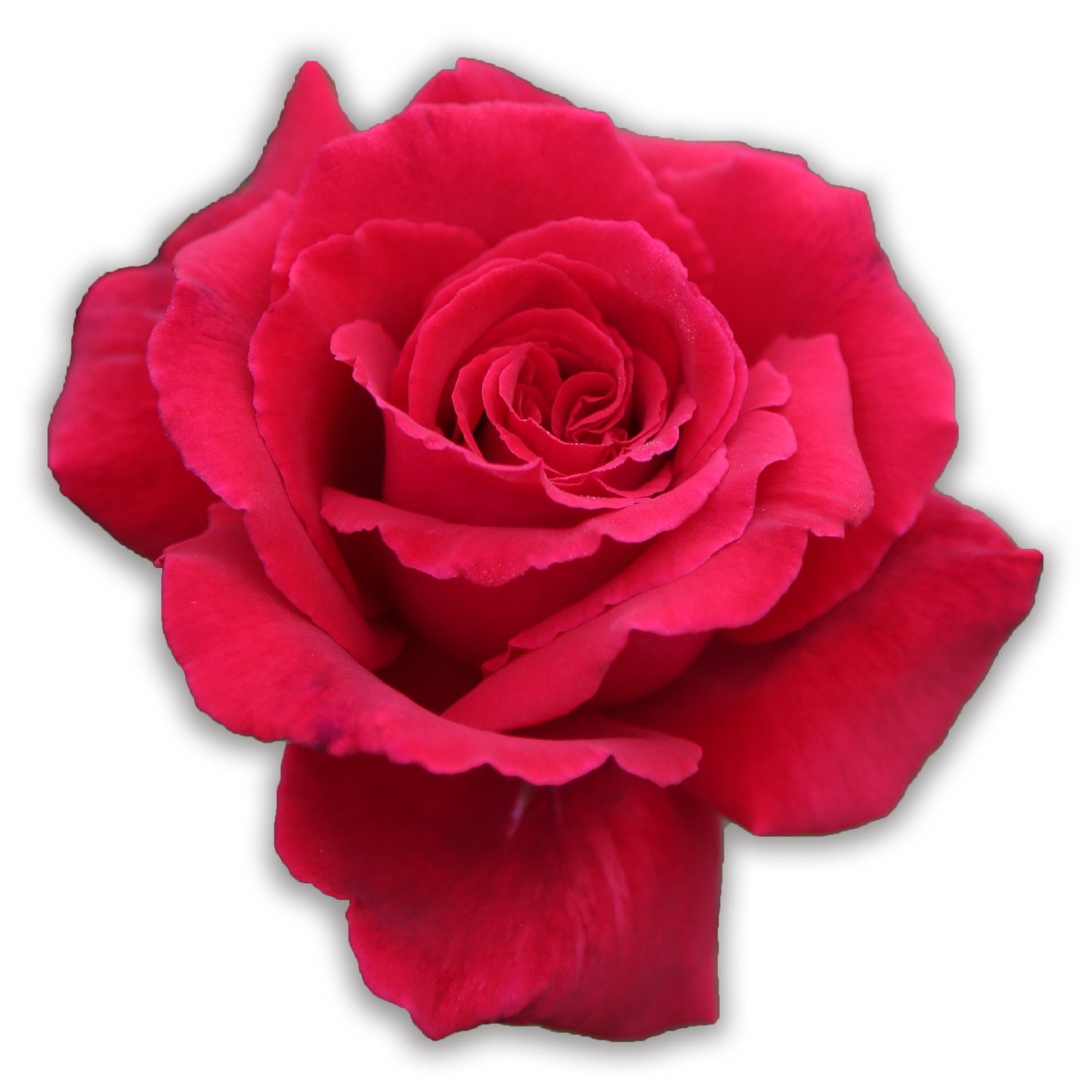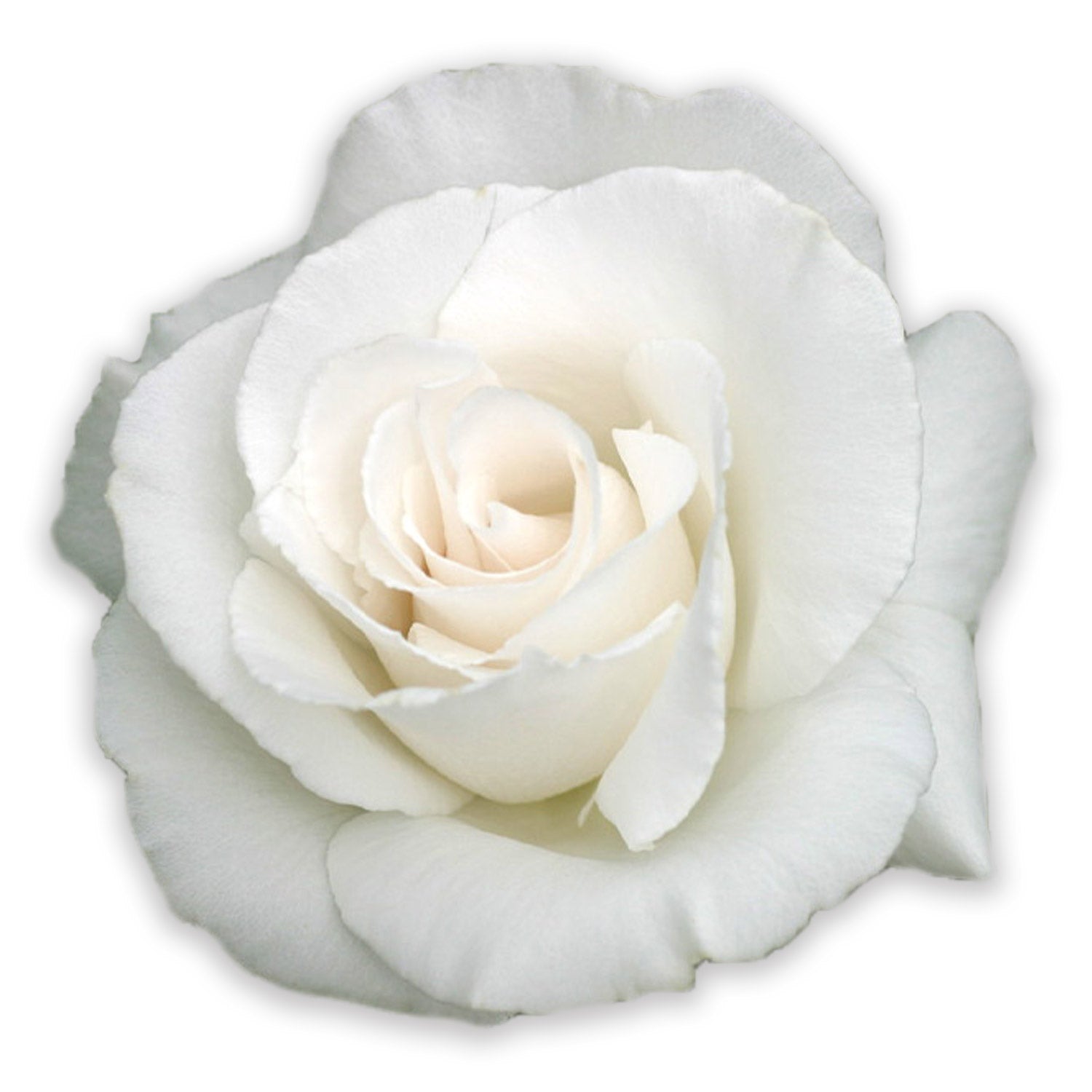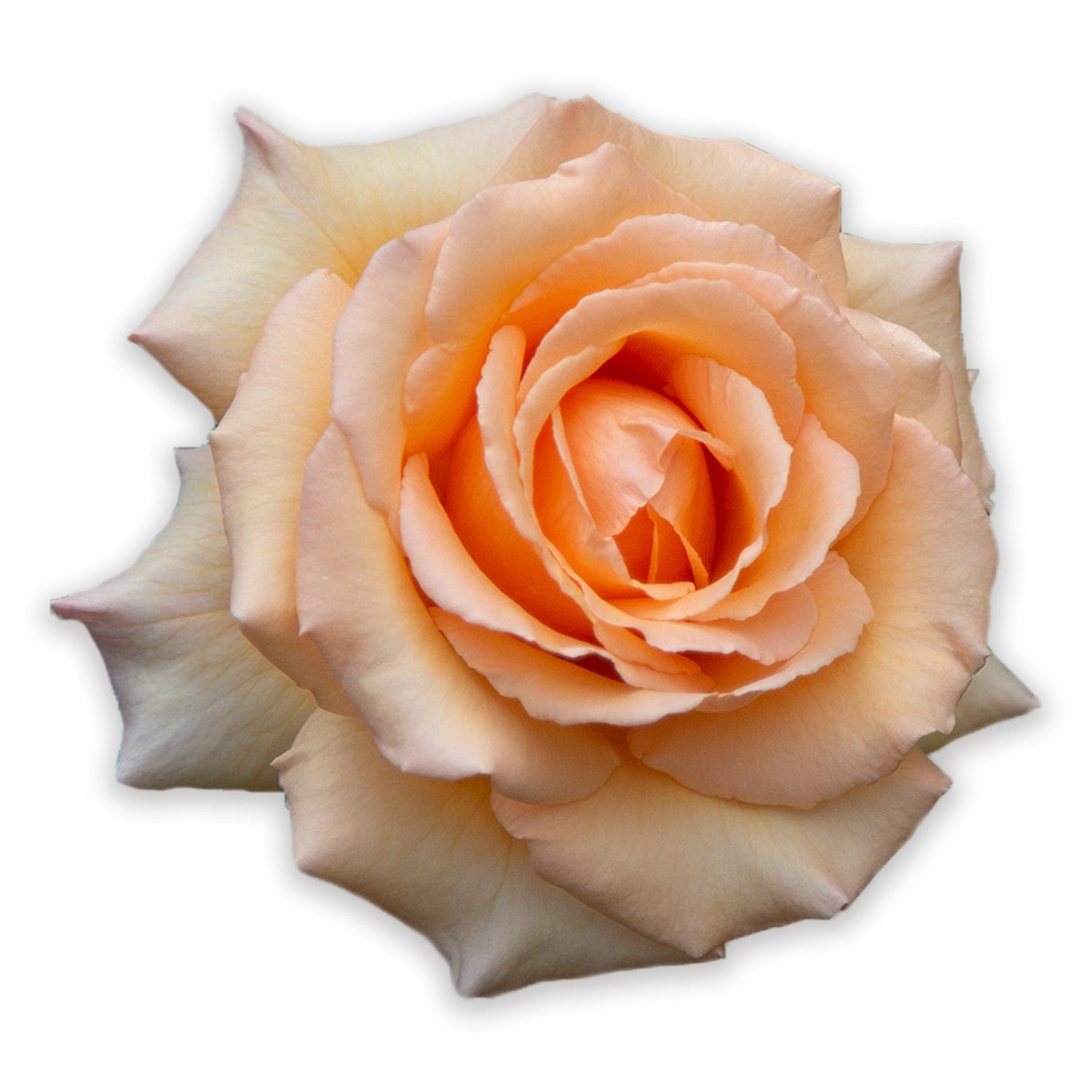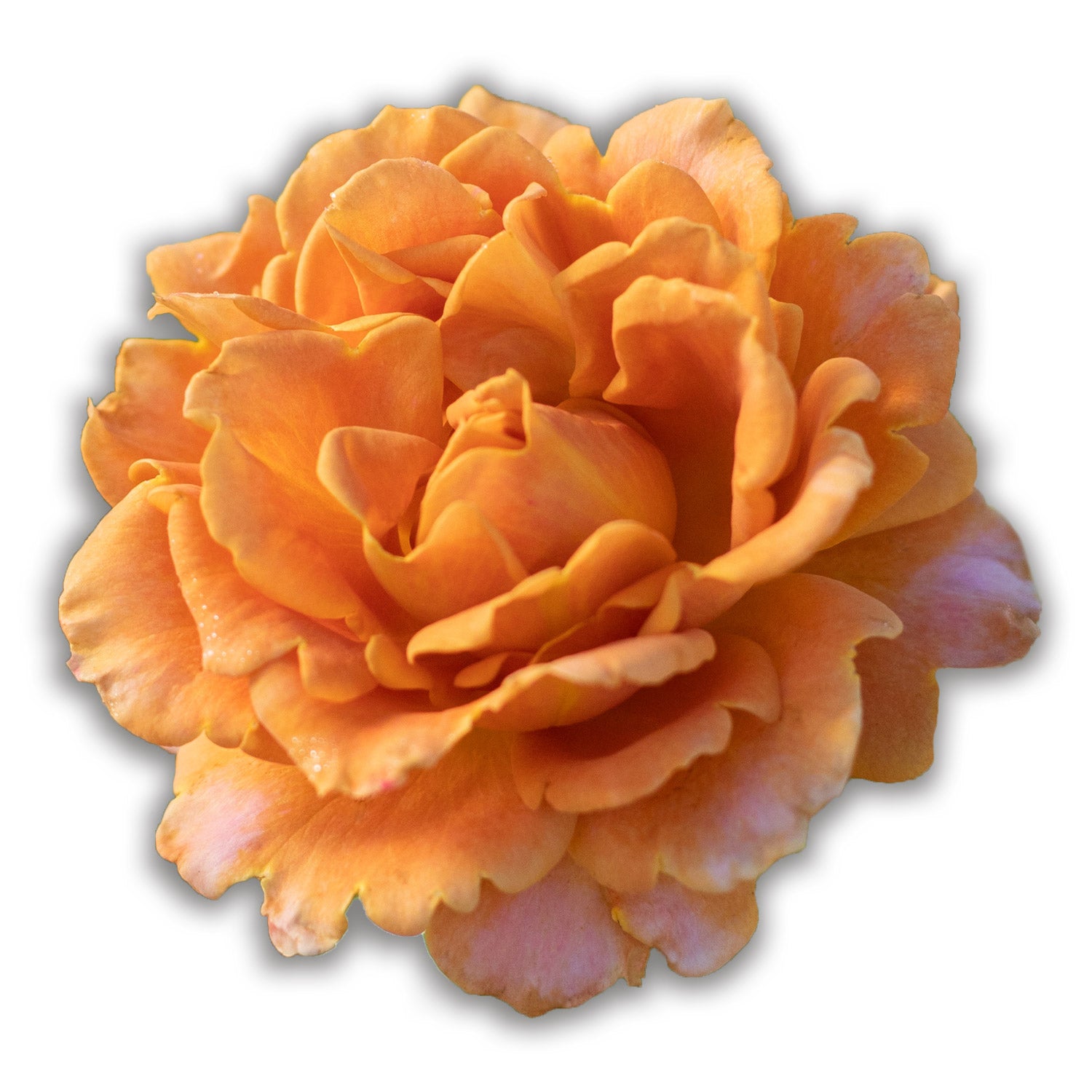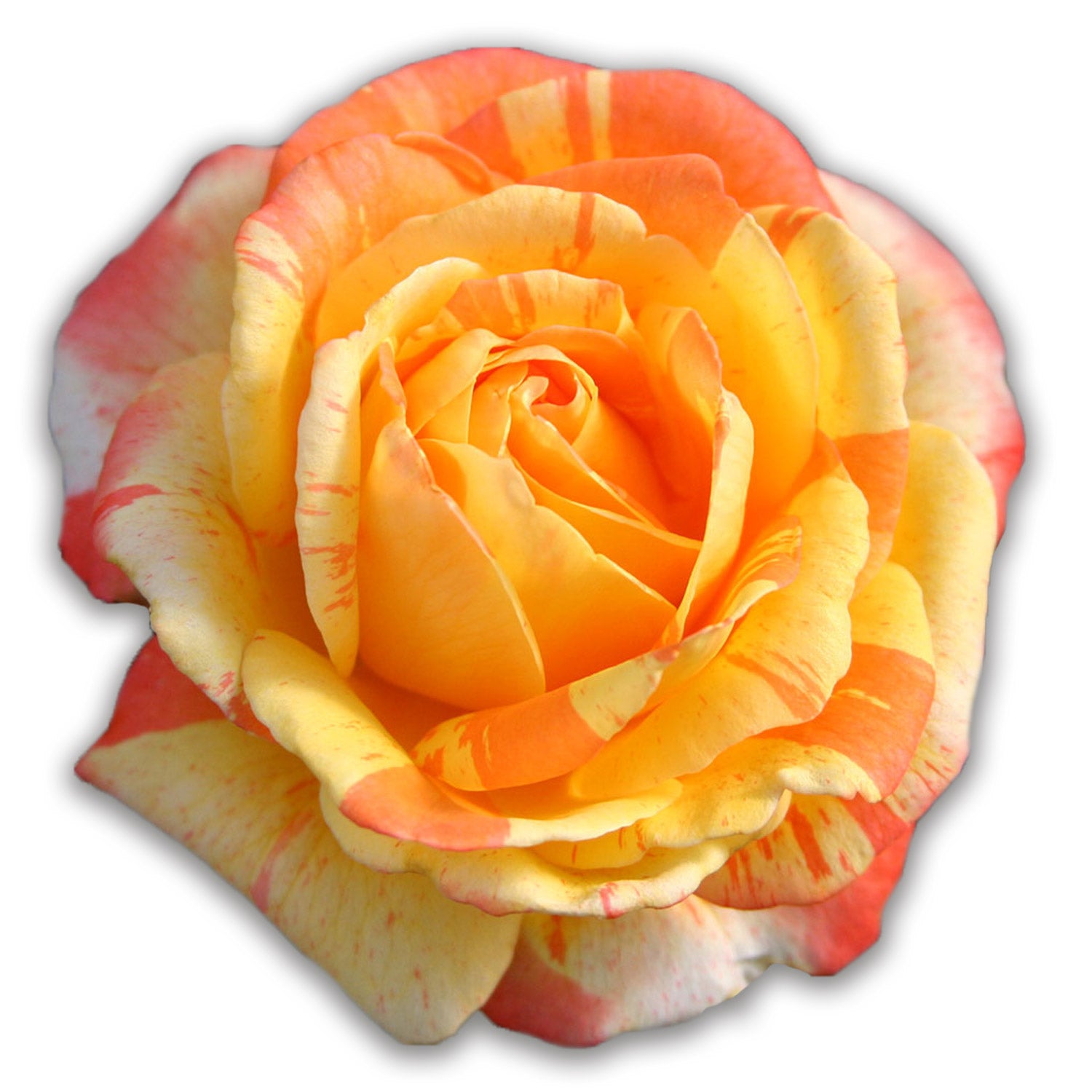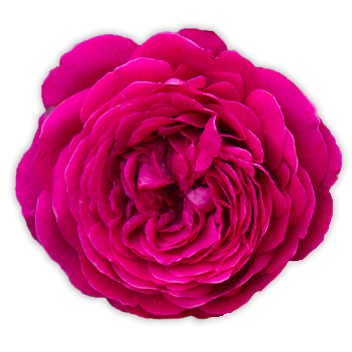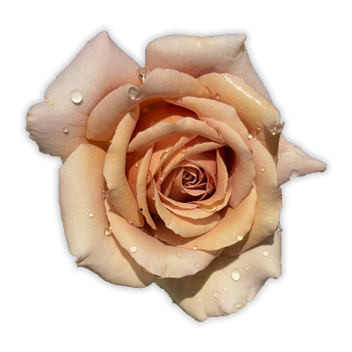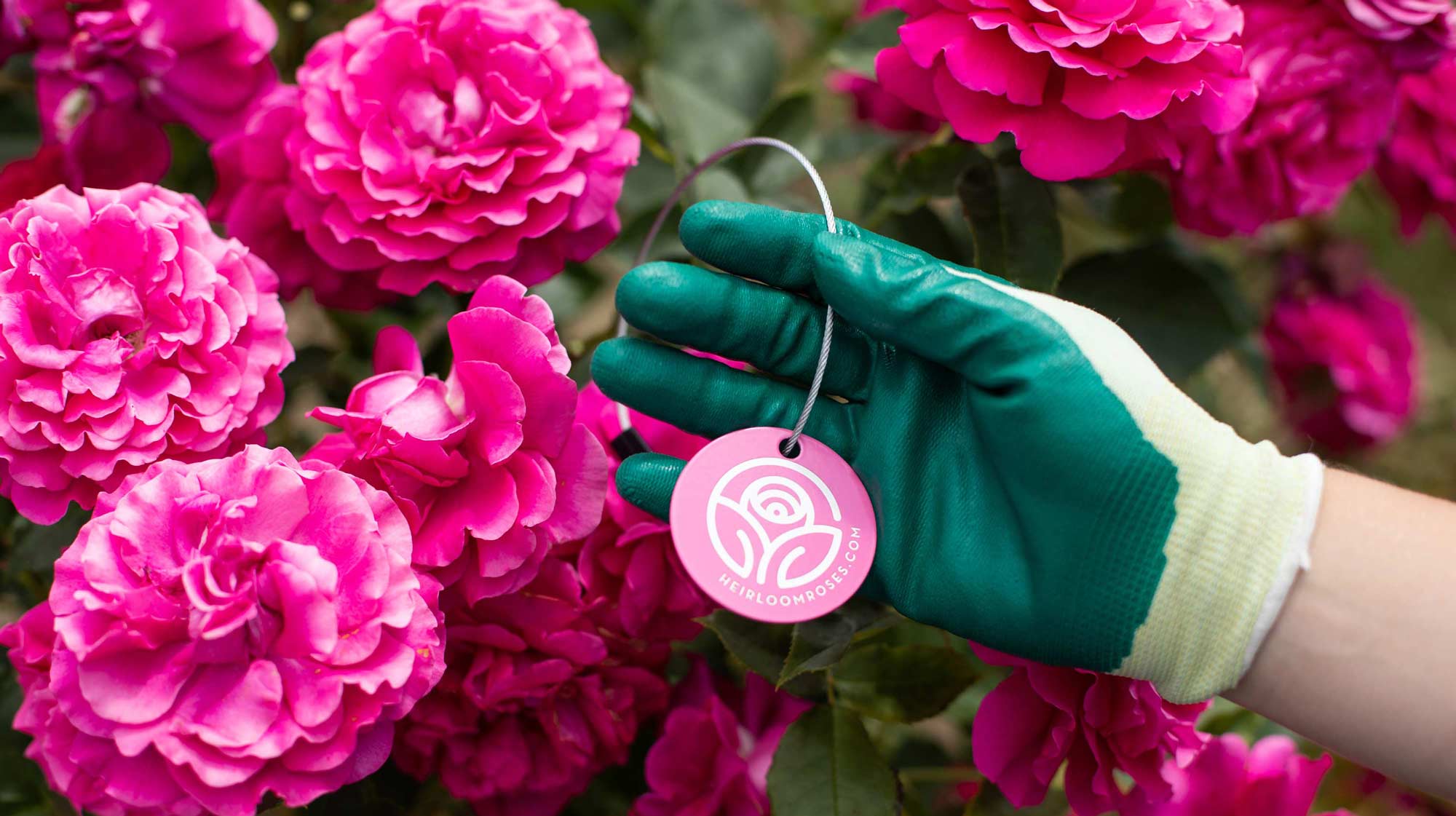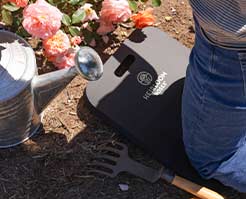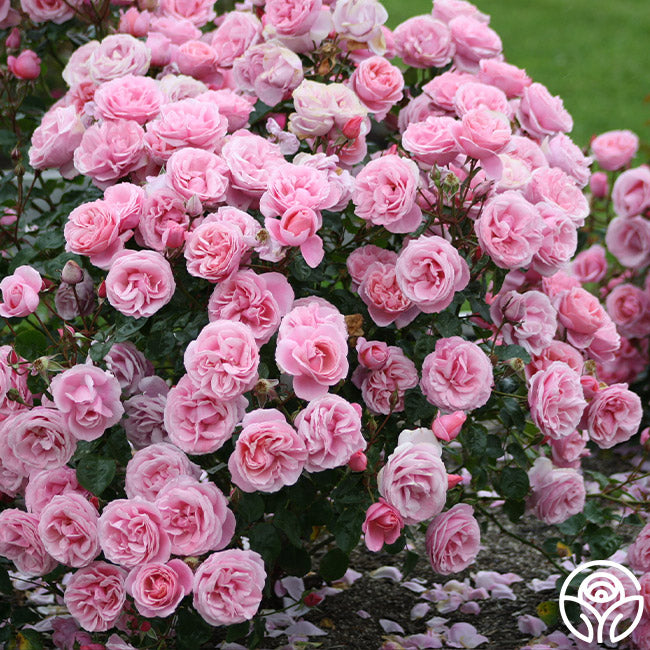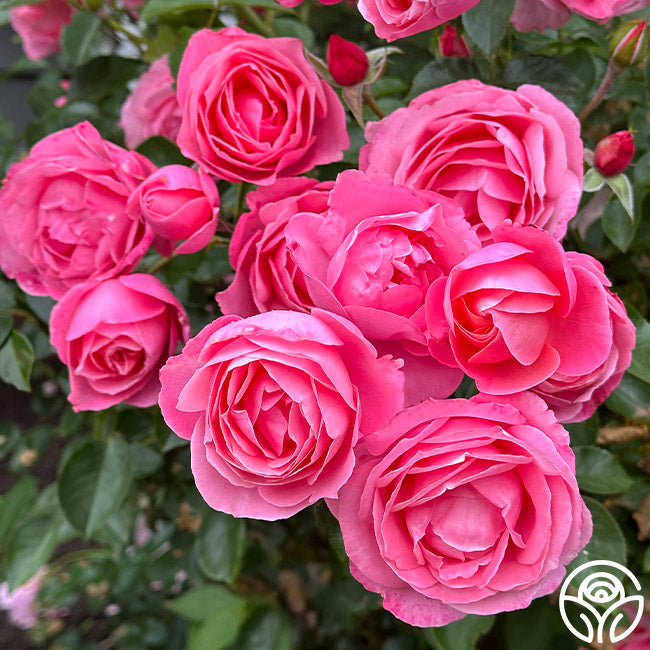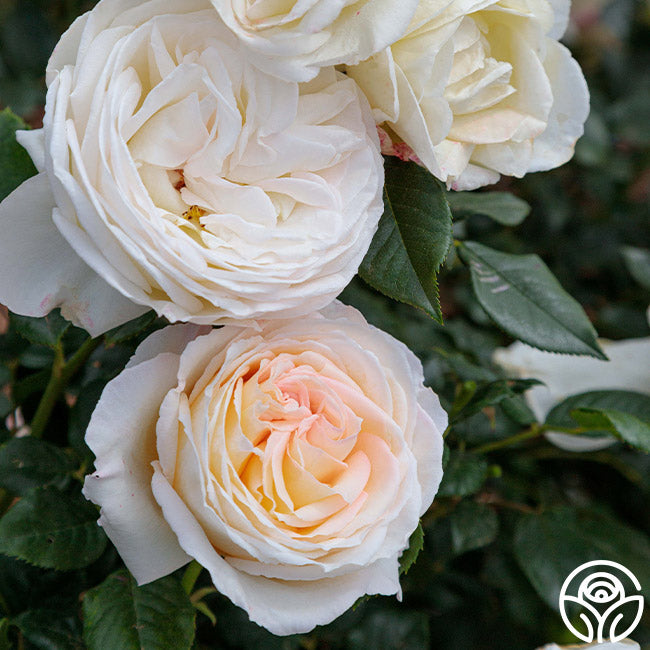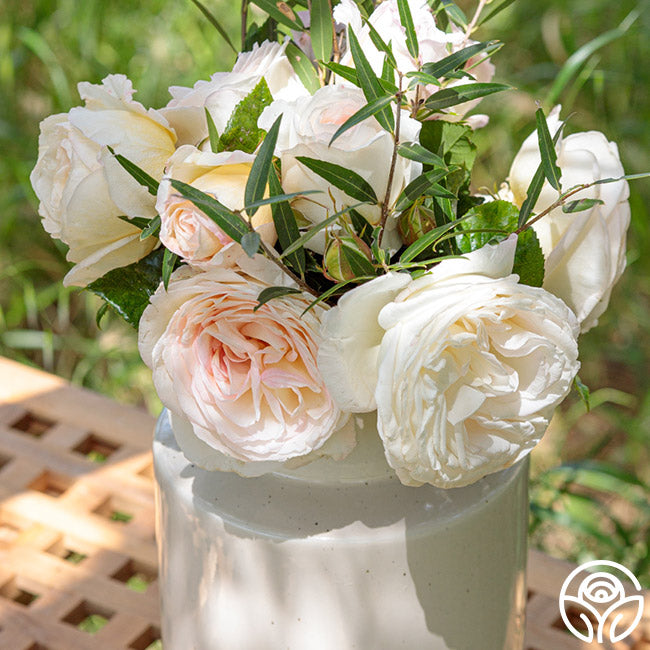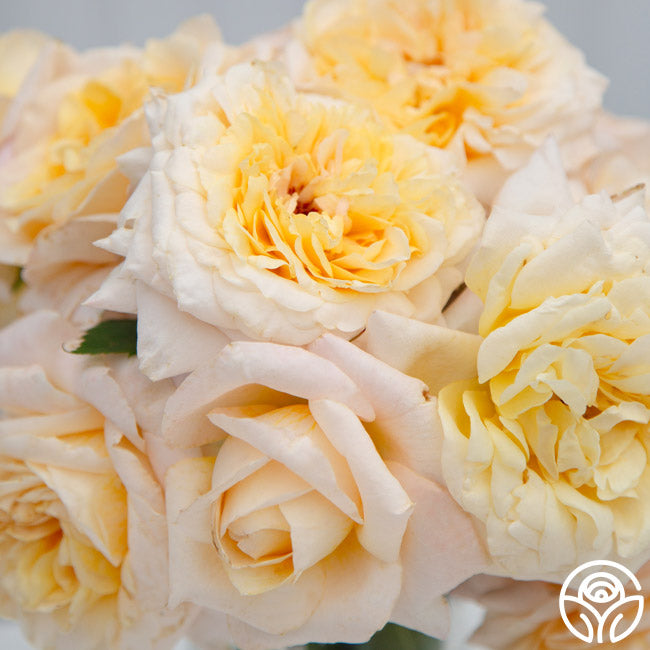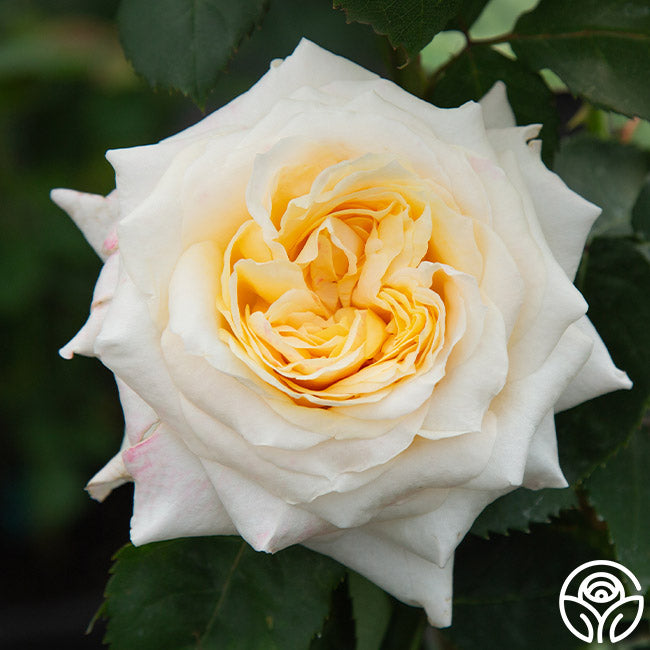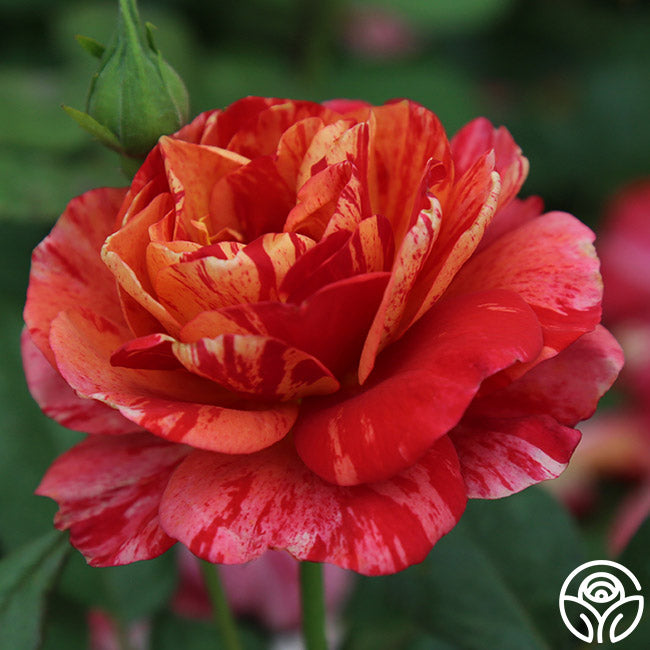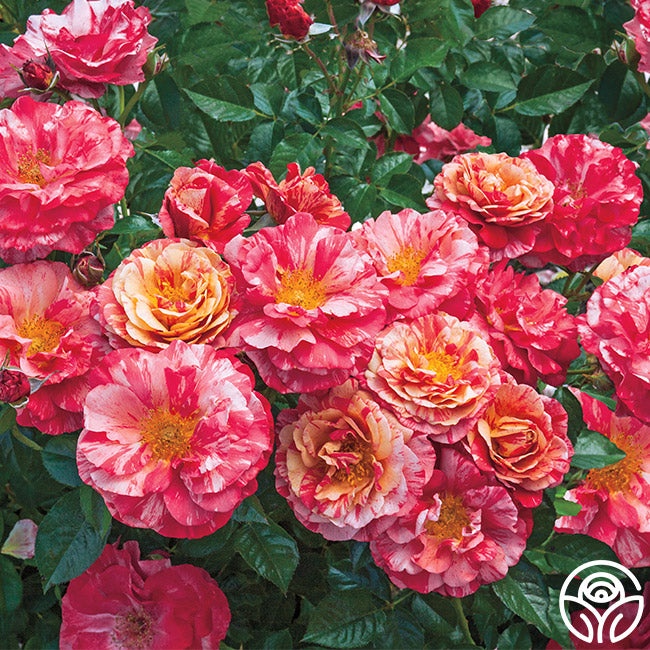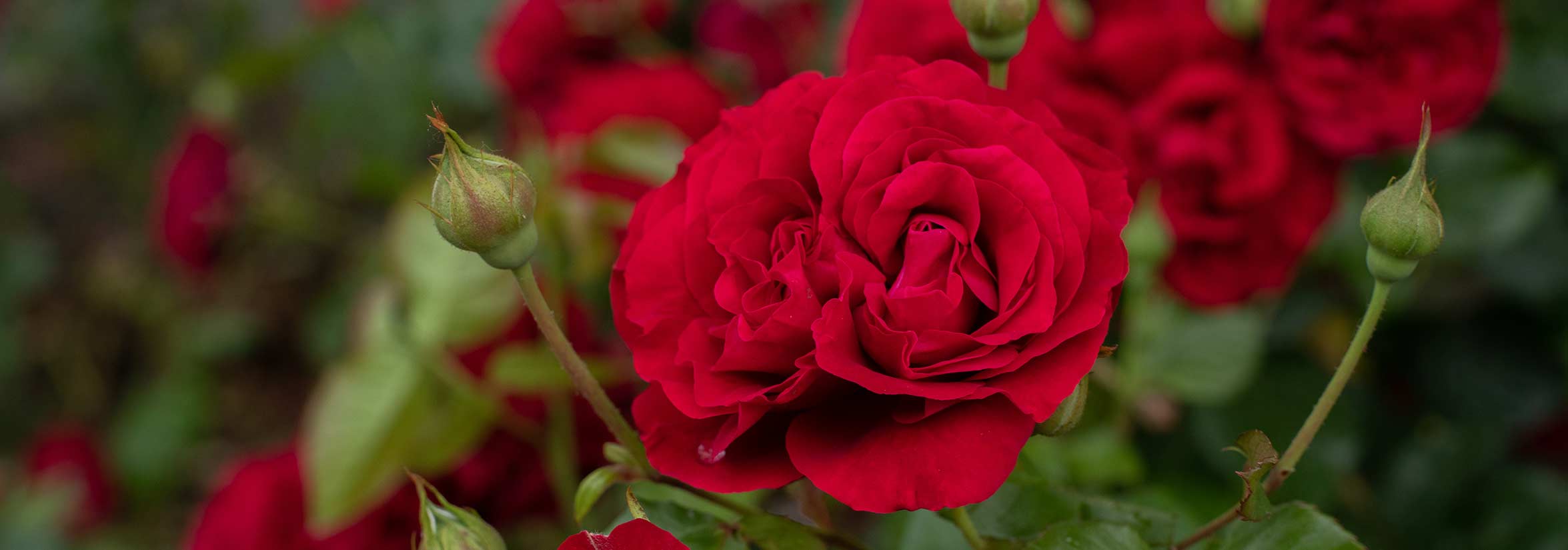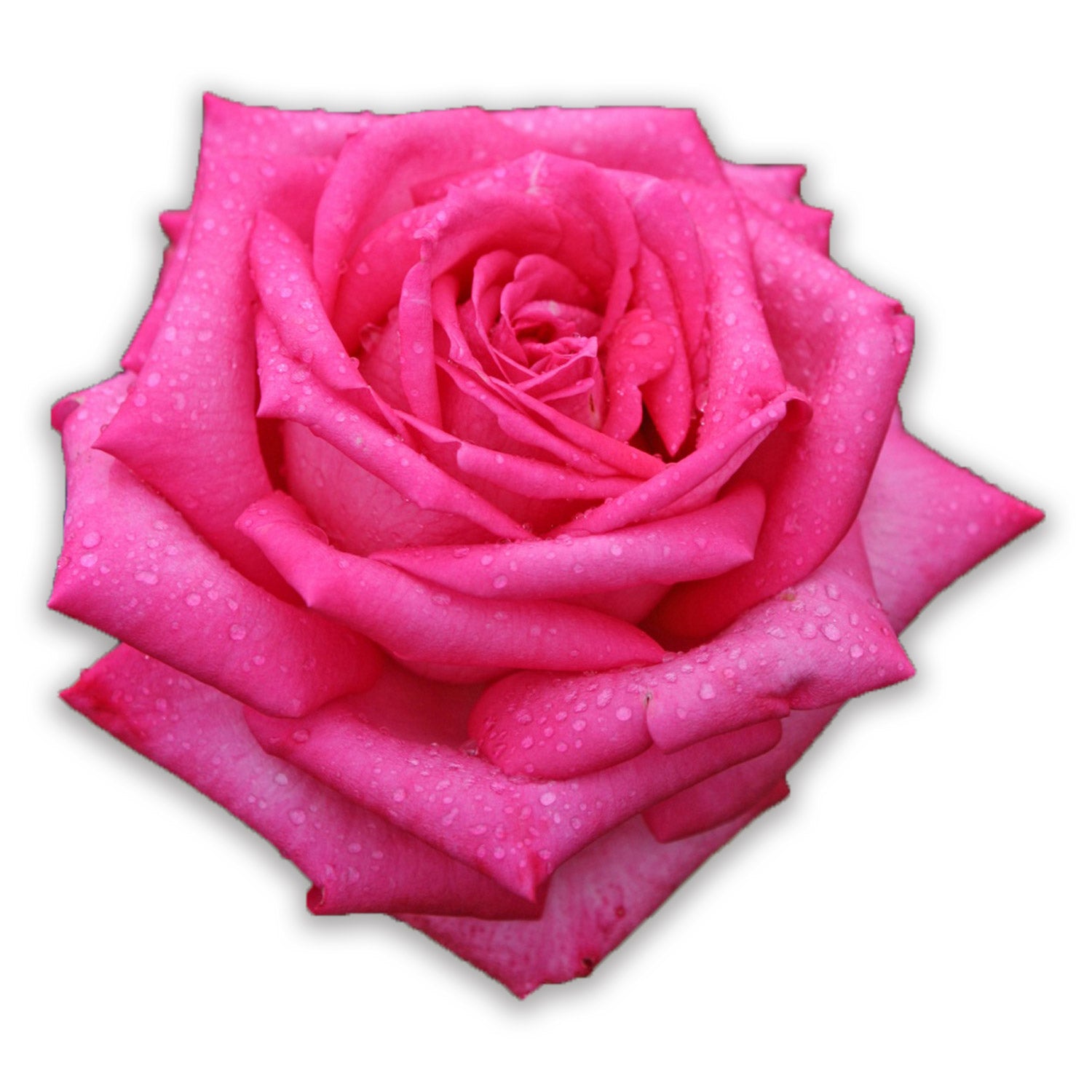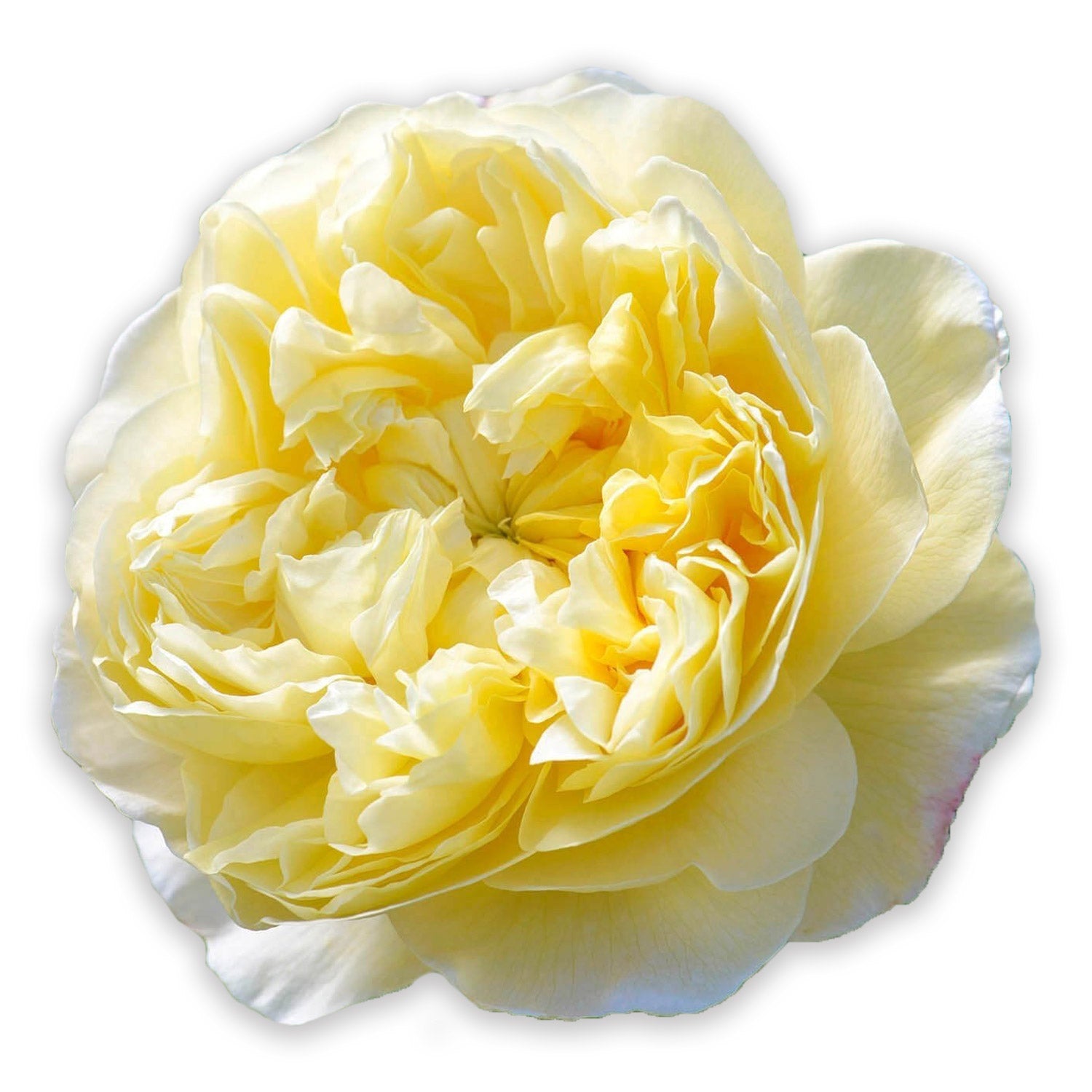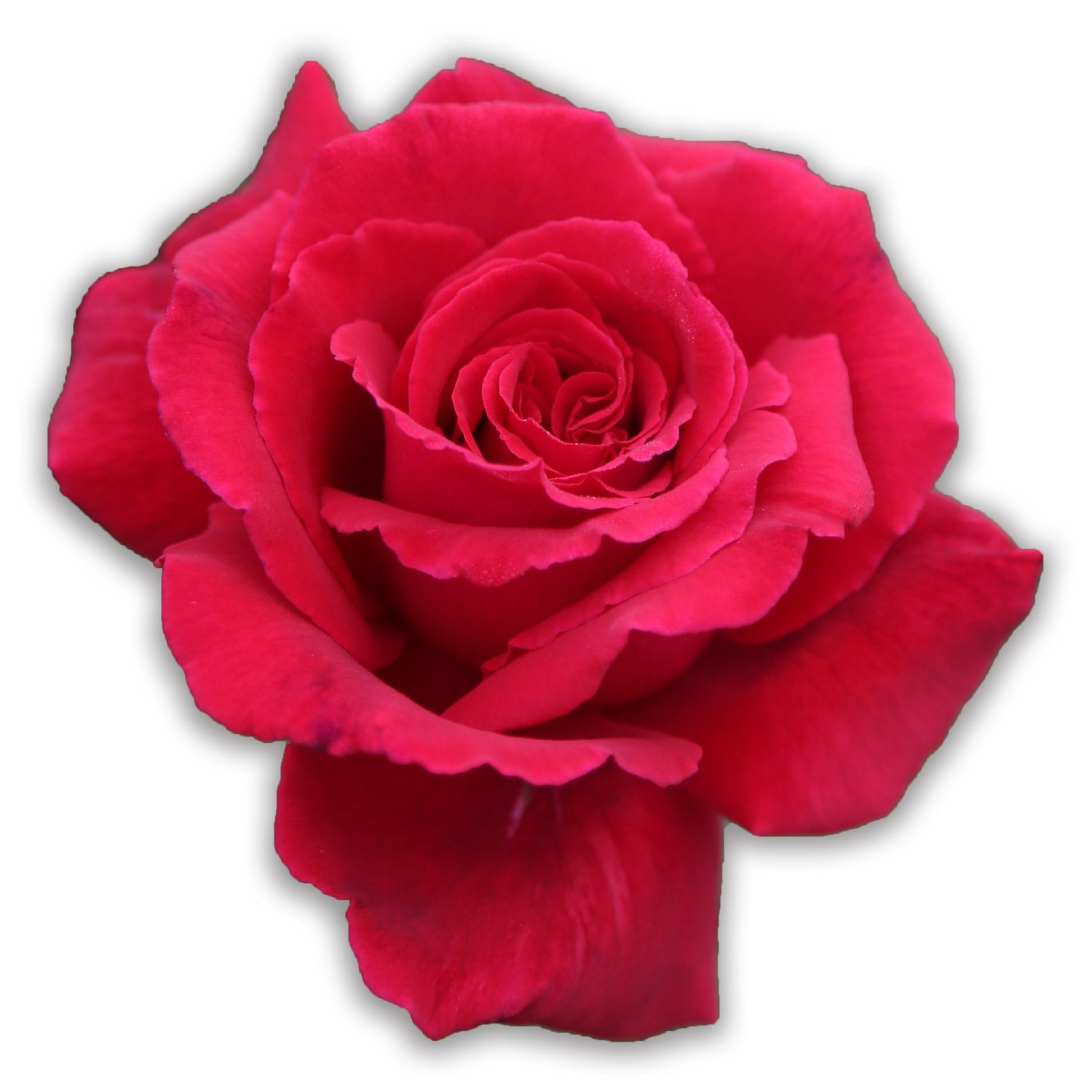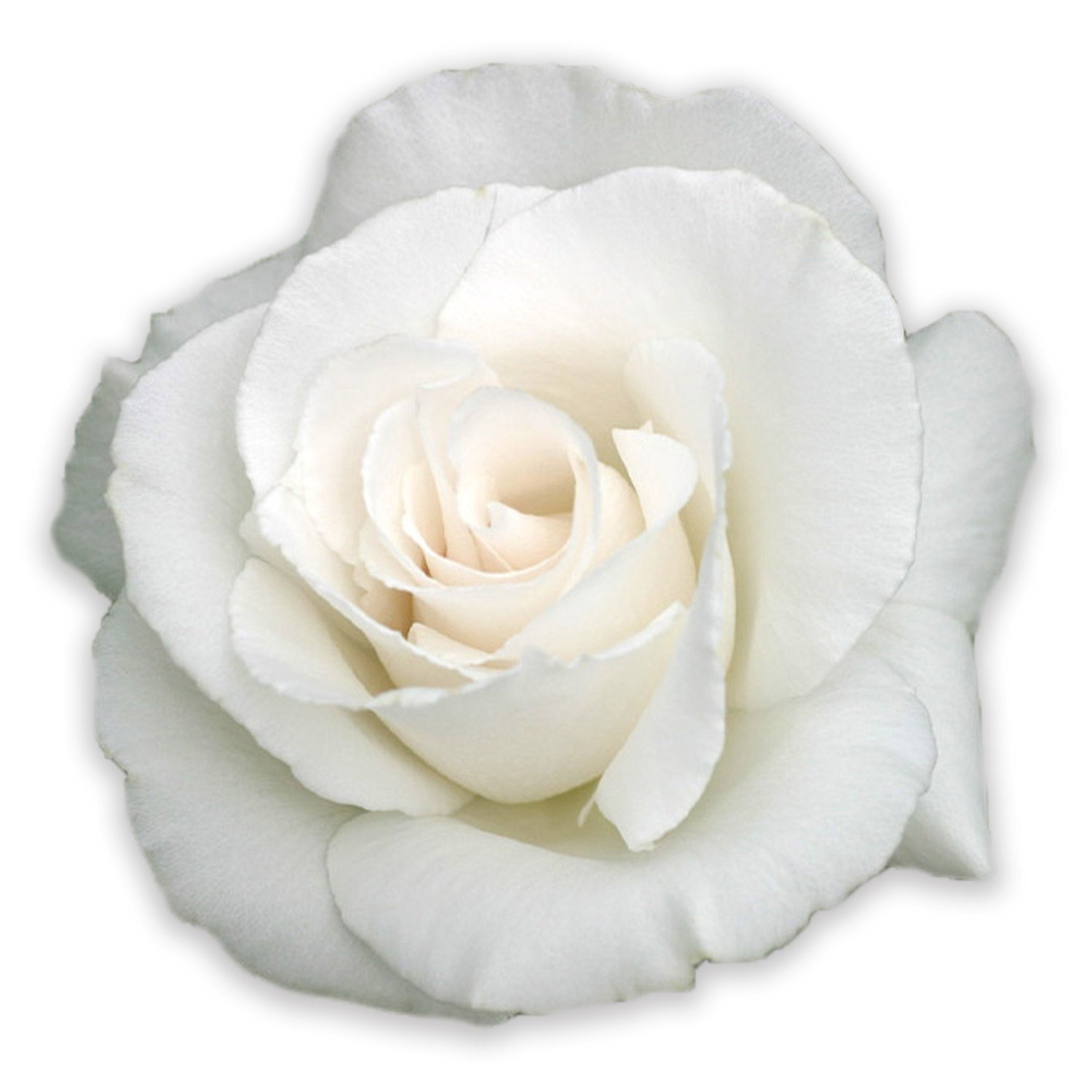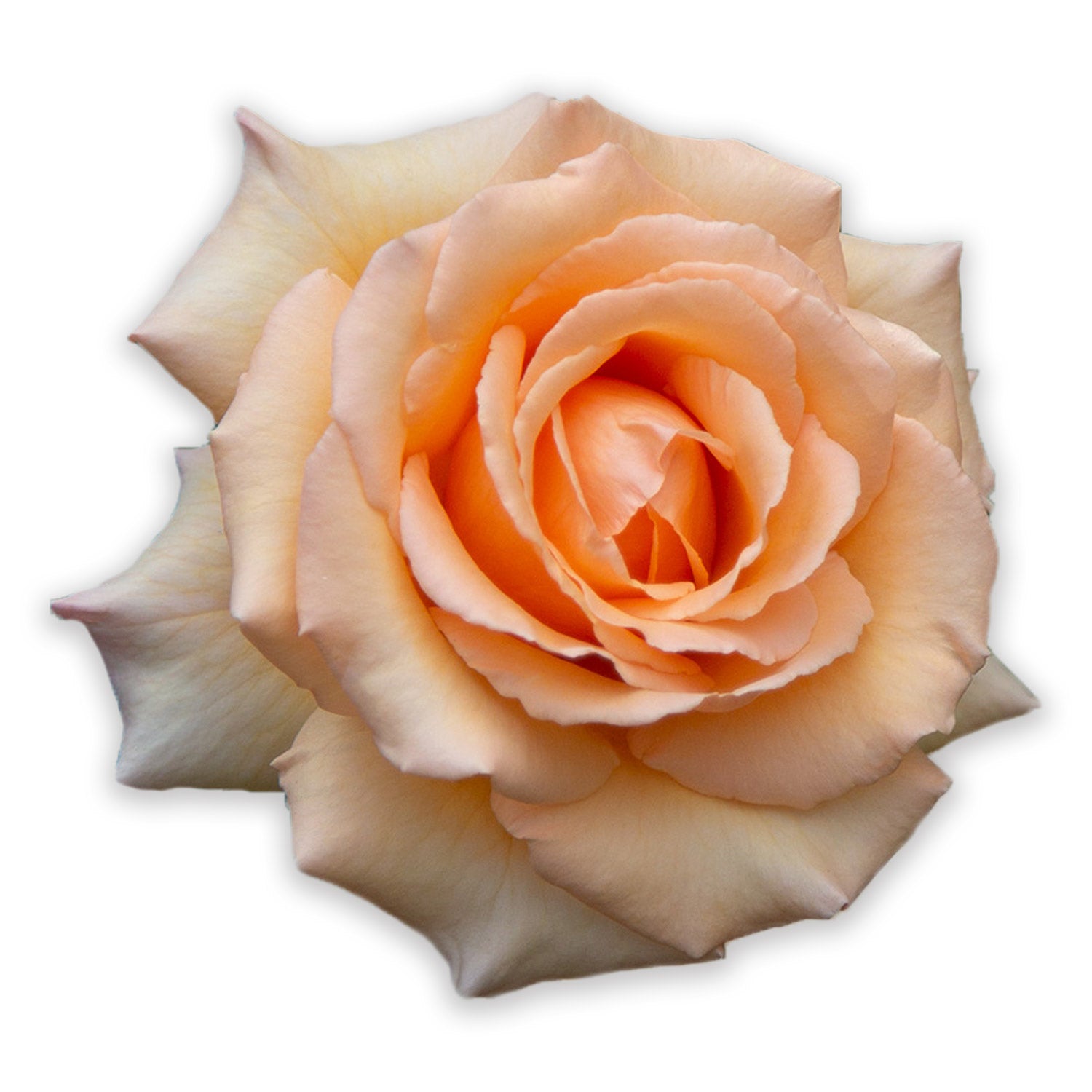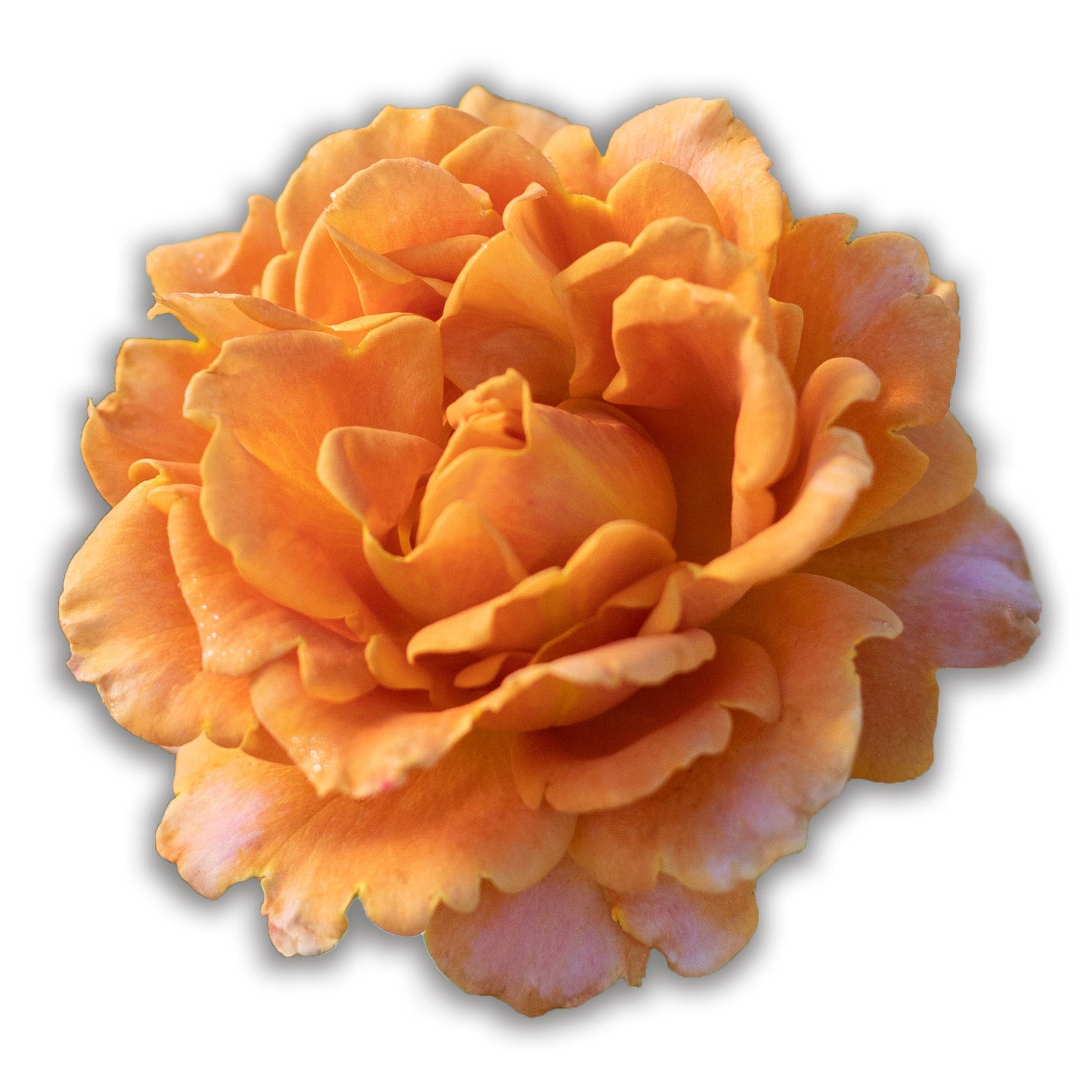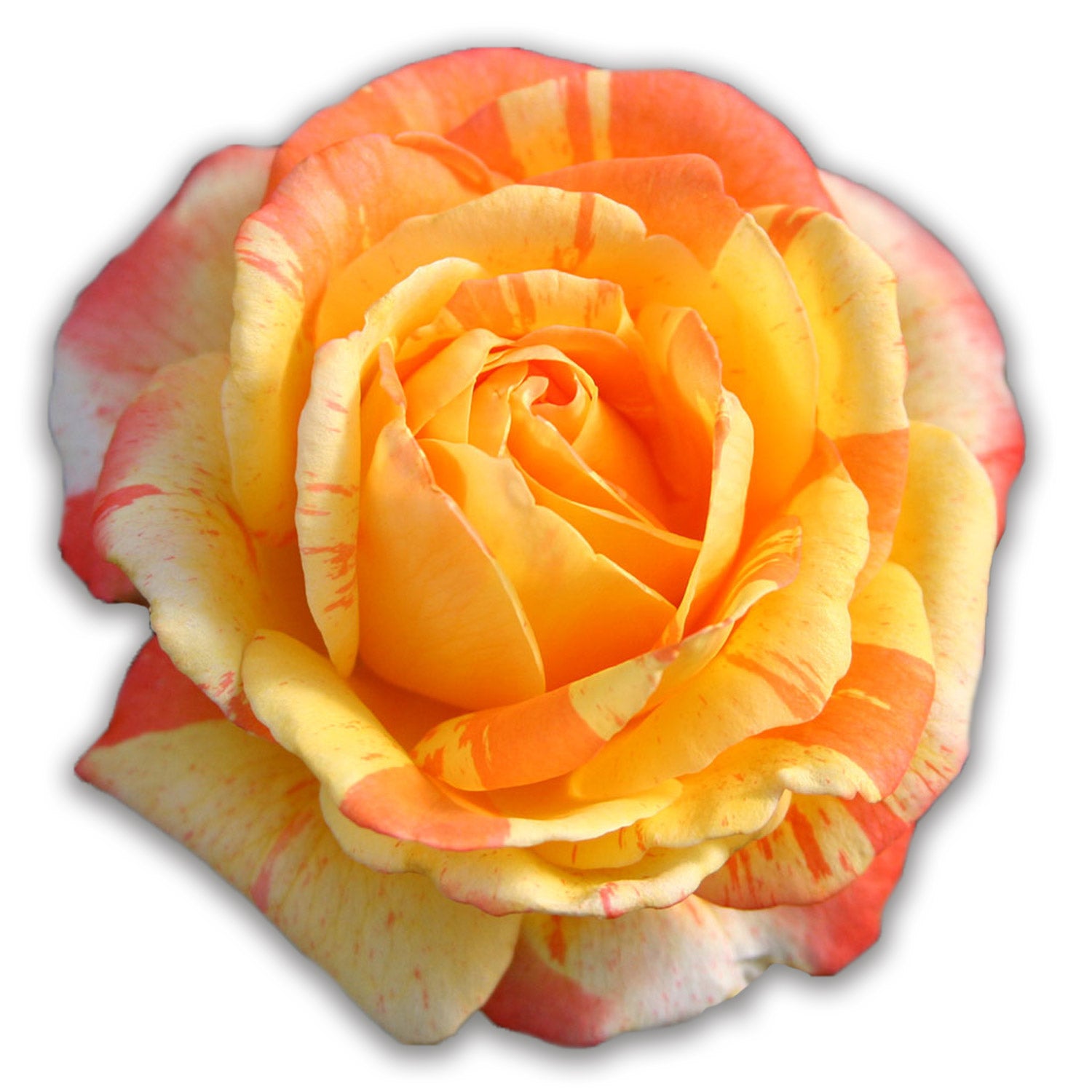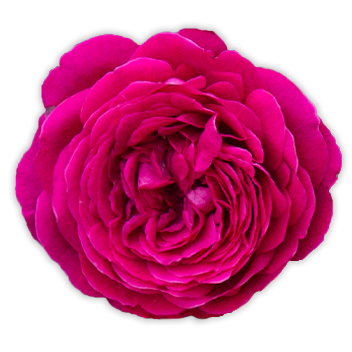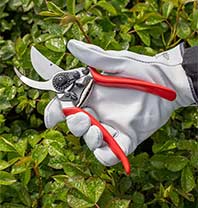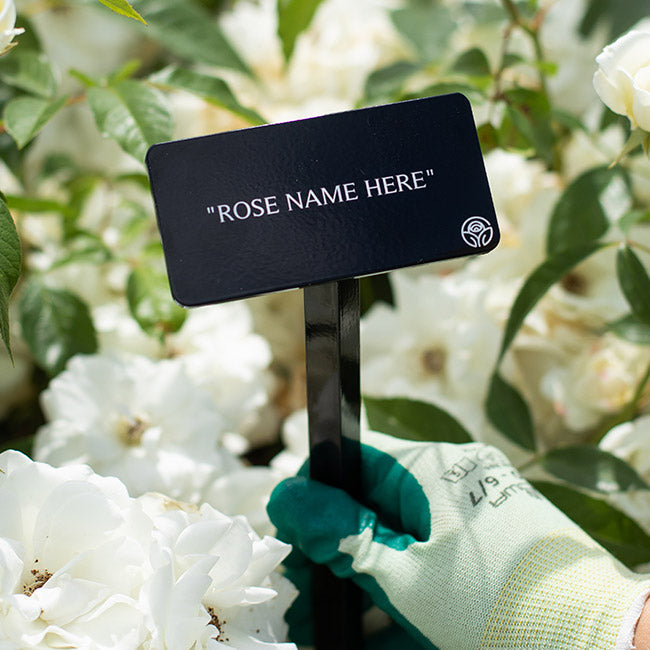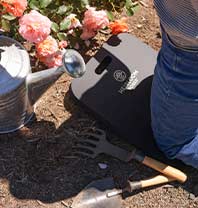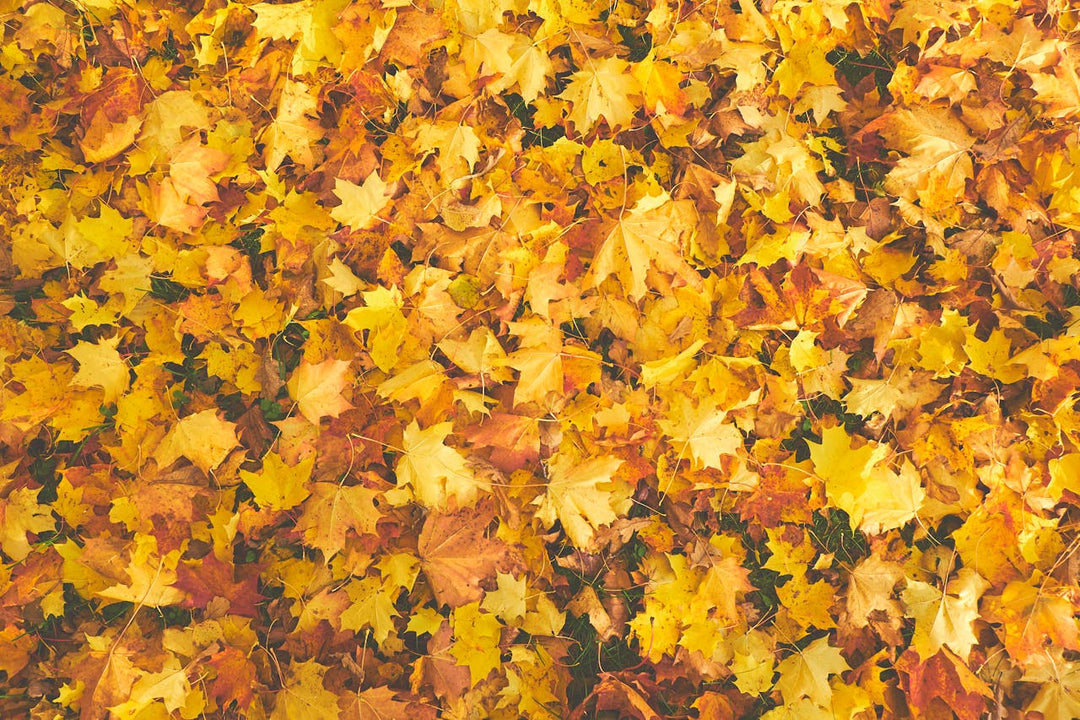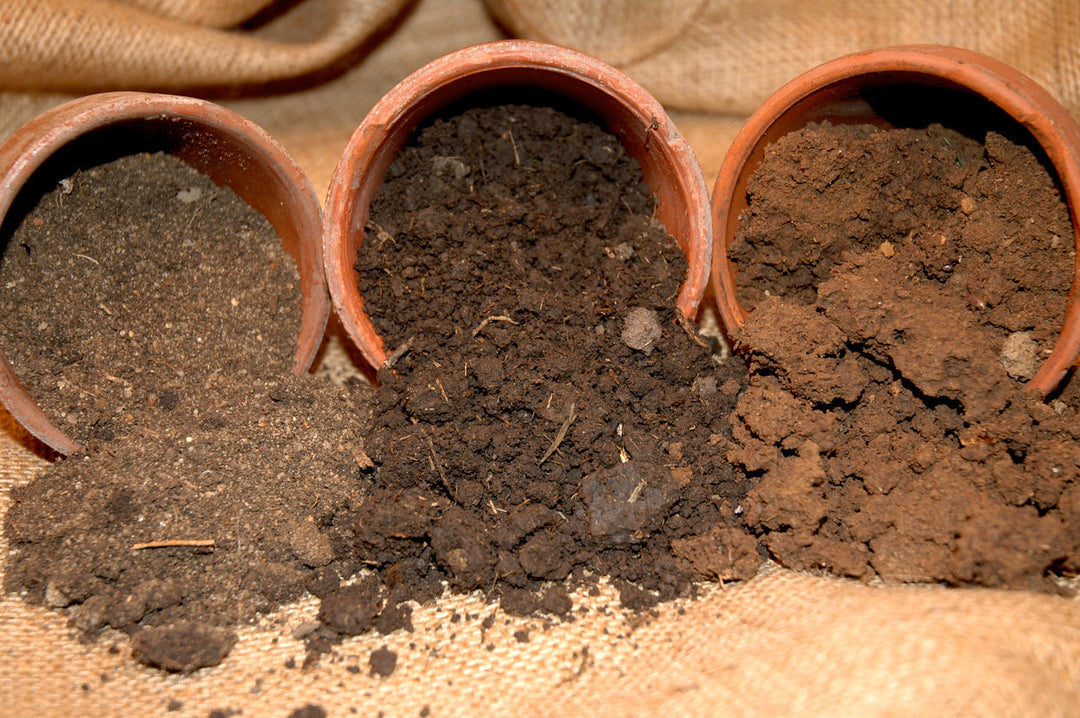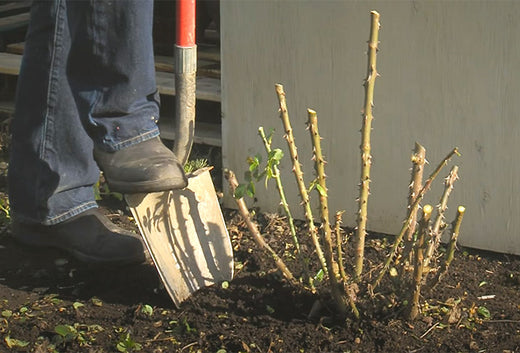Azalea: A Flowering Shrub in an Array of Colors
Azalea are a popular choice for a flowering shrub in sun to partial shade areas of the garden. This perennial will grow to about 4 x 4’ and reward gardeners with beautiful blooms in early spring to summer. From the same family as Rhododendron, Azalea are the smaller counterpart that can be either evergreen or deciduous, while Rhododendron are always evergreen. With similar trumpet-shaped flowers, Azalea come in a wide array of colors and include some varieties with speckling or freckles on the blossoms and some that give off a spicy fragrance.
A Favorite Companion for the Yard
Azalea thrive in zones 4-9, depending on the variety, and tend to prefer partial-shady areas, especially doing well under the canopy of nearby trees. Underplanting them near a larger tree, will allow for dappled shade and give them space to stretch out and grow.
Azalea prefer well-draining and slightly acidic soil, so make sure the location will not be near standing water or slow-draining soil as this perennial can get root rot when left in super moist soil.
It is important to note that most Azalea are a once-and-done blooming plant, but there are several varieties that rebloom later in the season and are evergreen.
Planting and Care
It is best to plant Azalea in the spring or fall to avoid distress to the plant. Azalea do not like to be planted too deep, so after you’ve chosen a good location, dig a hole twice as wide as the pot, but shallow enough that the top of the plant’s rootball will be exposed slightly above the soil line. Remove the plant from the pot and loosen up or score the root ball at the base several times before transplanting to your garden. Compact the soil back around the Azalea, leaving the top portion of the rootball exposed. Water thoroughly.
This perennial will require at least 2” of water twice a week for the first growing season. After that, you can slowly pull back on the watering amount as the Azalea will become drought tolerant.
It is best to fertilize Azalea in the early spring to early summer of their second year. Be sure to use the fertilizer as a top dressing with a Rhododendron- or Azalea-specific fertilizer to help maintain a pH to the plant’s liking. Gently rake this into the soil around the base of the plant. If you notice browning leaves or twisted growth, you may have given the plant just a bit too much fertilizer. Underfertilizing will show up as chlorosis or yellowing leaves with green veins.
Pruning of Azalea should be done within 3 weeks of the flowers fading. This will allow time for the plant to put out new growth to bloom the following year. If you prune too late, the plant will not flower the following season. Maintenance pruning is a great way to maintain the shape of the plant that best fits your garden. If your Azalea has become wild or leggy, it may be time for a rejuvenation prune. A rejuvenation prune will take the whole plant down to 6-10” tall and will mean a loss of flowers for the next season, but a healthier and bushier plant overall. You can do a rejuvenation prune all at once, or space it out over several years by only pruning ⅓ of the plant down to the ground each year for 3 consecutive years. The latter option will allow for ⅔ of the plant to flower while the other ⅓ puts out new, more compact growth.
As a woody plant, Azaleas cannot be propagated by division like other perennial plants. Instead, to create more plants a gardener must take cuttings to create a replica of the mother plant.
Our favorites for us this season are: Encore® Autumn Amethyst®, Encore® Autumn Lily, and Encore® Autumn Bonfire®, all of which are repeat bloomers. Prune these varieties after the spring flush.




